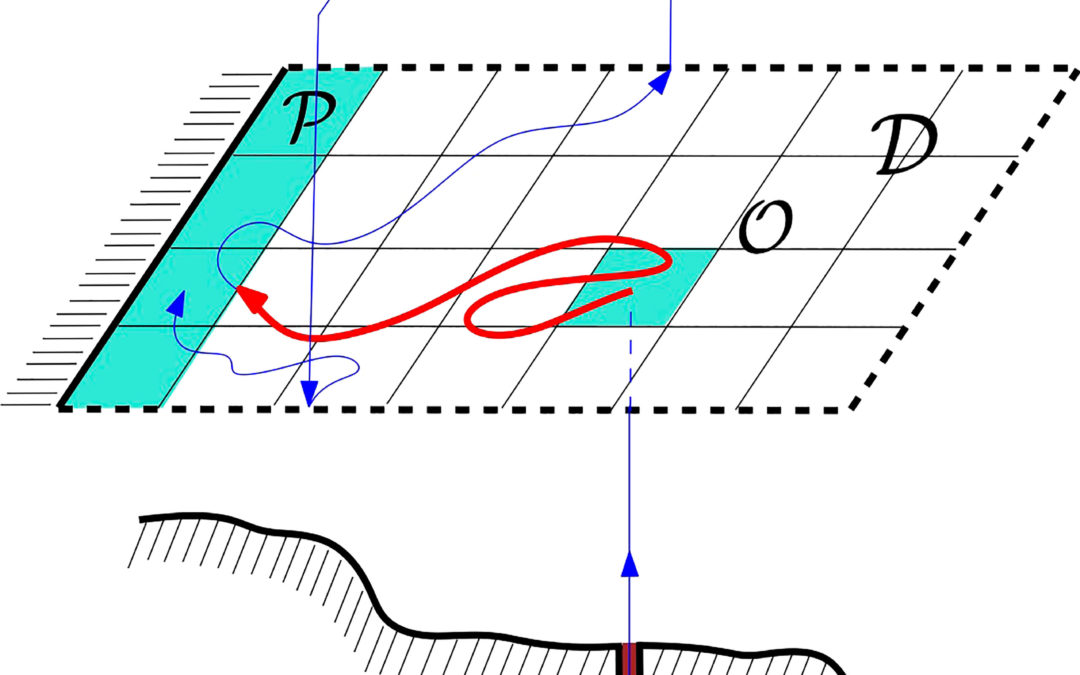Authors: M. J. Olascoaga and F. J. Beron-Vera
https://doi.org/10.3389/fmars.2022.1041005
Abstract
The Transition Path Theory (TPT) of complex systems has proven to be a robust means to statistically characterize the ensemble of trajectories that connect any two preset flow regions, say 𝒜 and ℬ, directly. More specifically, transition paths are such that they start in 𝒜 and then go to ℬ without detouring back to 𝒜 or ℬ. This way, they make an effective contribution to the transport from 𝒜 to ℬ. Here, we explore its use for building a scheme that enables predicting the evolution of an oil spill in the ocean. This involves appropriately adapting TPT such that it includes a reservoir that pumps oil into a typically open domain. Additionally, we lift up the restriction of the oil not to return to the spill site en route to a region that is targeted to be protected. TPT is applied on oil trajectories available up to the present, e.g., as integrated using velocities produced by a data assimilative system or as inferred from high-frequency radars, to make a prediction of transition oil paths beyond, without relying on forecasted oil trajectories. As a proof of concept, we consider a hypothetical oil spill in the Trion oil field, under development within the Perdido Foldbelt in the northwestern Gulf of Mexico, and the Deepwater Horizon oil spill. This is done using trajectories integrated from climatological and hindcast surface velocity and winds as well as produced by satellite-tracked surface drifting buoys, in each case discretized into a Markov chain that provides a framework for the TPT-based prediction.
Keywords: Transition Path Theory, Markov chain, open dynamical system, nirvana and reservoir states, oil spill prediction


Recent Comments